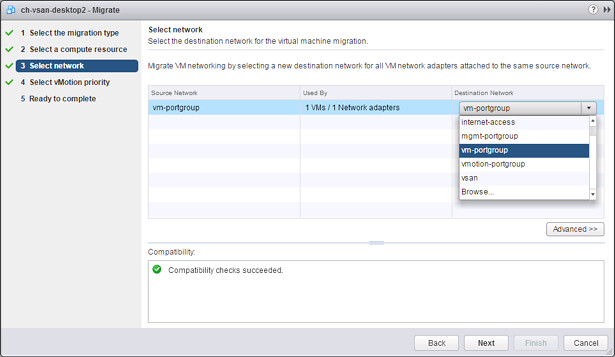When talking about Transparent Page Sharing (TPS) one thing that comes up regularly is the use of Large Pages and how that impacts TPS. As most of you hopefully know TPS does not collapse large page. However, when there is memory pressure you will see that large pages are broken up in to small pages and those small pages can then be collapsed by TPS. ESXi does this to prevent other memory reclaiming techniques, which have way more impact on performance, to kick in. You can imagine that fetching a memory page from a swap file on a spindle will take significantly longer than fetching a page from memory. (Nice white paper on the topic of memory reclamation can be found here…)
Something that I have personally ran in to a couple of times is the situation where memory pressure goes up so fast that the different states at which certain memory reclaiming techniques are used are crossed in a matter of seconds. This usually results in swapping to disk, even though large pages should have been broken up and collapsed where possible by TPS or memory should have been compressed or VMs ballooned. This is something that I’ve discussed with the respective developers and they came up with a solution. In order to understand what was implemented, lets look at how memory states were defined in vSphere 5. There were 4 memory states namely High (100% of minFree), Soft (64% of minFree), Hard (32% of minFree) and Low (16% of minFree). What does that mean % of minFree mean? Well if minFree is roughly 10GB for you configuration then the Soft for instance is reached when there is less then 64% of minFree available which is 6.4GB of memory. For Hard this is 3.2GB and so on. It should be noted that the change in state and the action it triggers does not happen exactly at the percentage mentioned, there is a lower and upper boundary where transition happens and this was done to avoid oscillation.
With vSphere 6.0 a fifth memory state is introduced and this state is called Clear. Clear is 100% of minFree and High has been redefined as 400% of MinFree. When there is less then High (400% of minFree) but more then Clear (100% of minFree) available then ESXi will start pre-emptively breaking up large pages so that TPS (when enabled!) can collapse them at next run. Lets take that 10GB as minFree as an example again, when you have between 30GB (High) and 10GB (Clear) of free memory available large pages will be broken up. This should provide the leeway needed to safely collapse pages (TPS) and avoid the potential performance decrease which the other memory states could introduce. Very useful if you ask me, and I am very happy that this change in behaviour, which I requested a long time ago, has finally made it in to the product.
Those of you who have been paying attention the last months will know that by default inter VM transparent page sharing is disabled. If you do want to reap the benefits of TPS and would like to leverage TPS in times of contention then enabling it in 6.0 is pretty straight forward. Just go to the advanced settings and set “Mem.ShareForceSalting” to 0. Do note that there are security risks potentially when doing this, and I recommend to read the above article to get a better understand of those risks.
** update – originally I was told that High was 300% of minFree, looking at my hosts today it seems that High is actually 400% **


